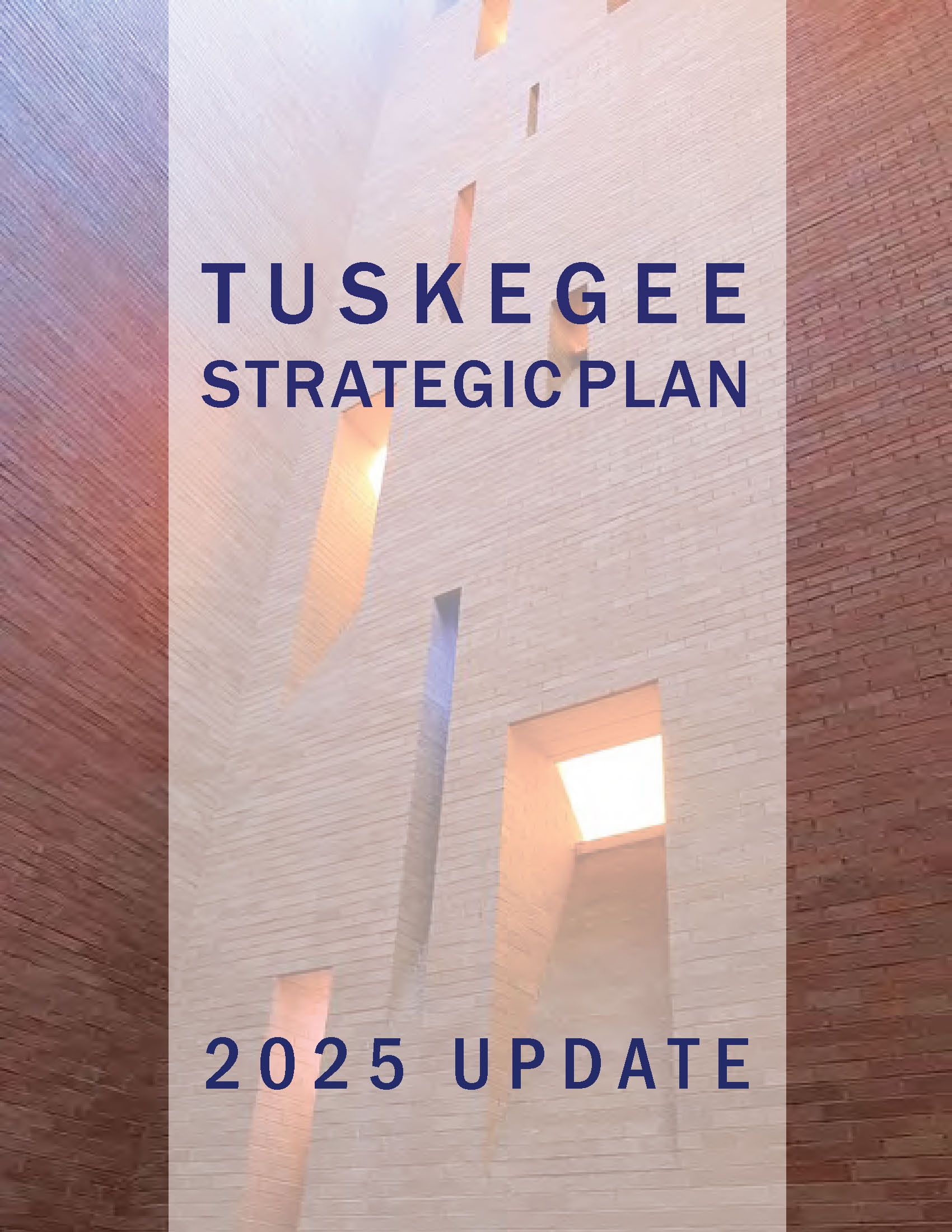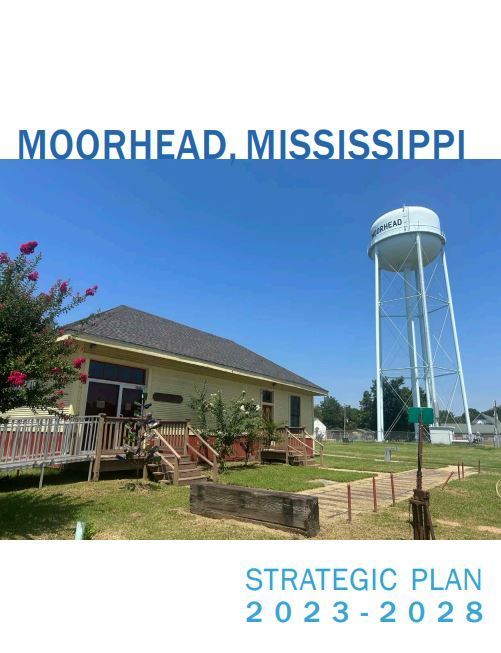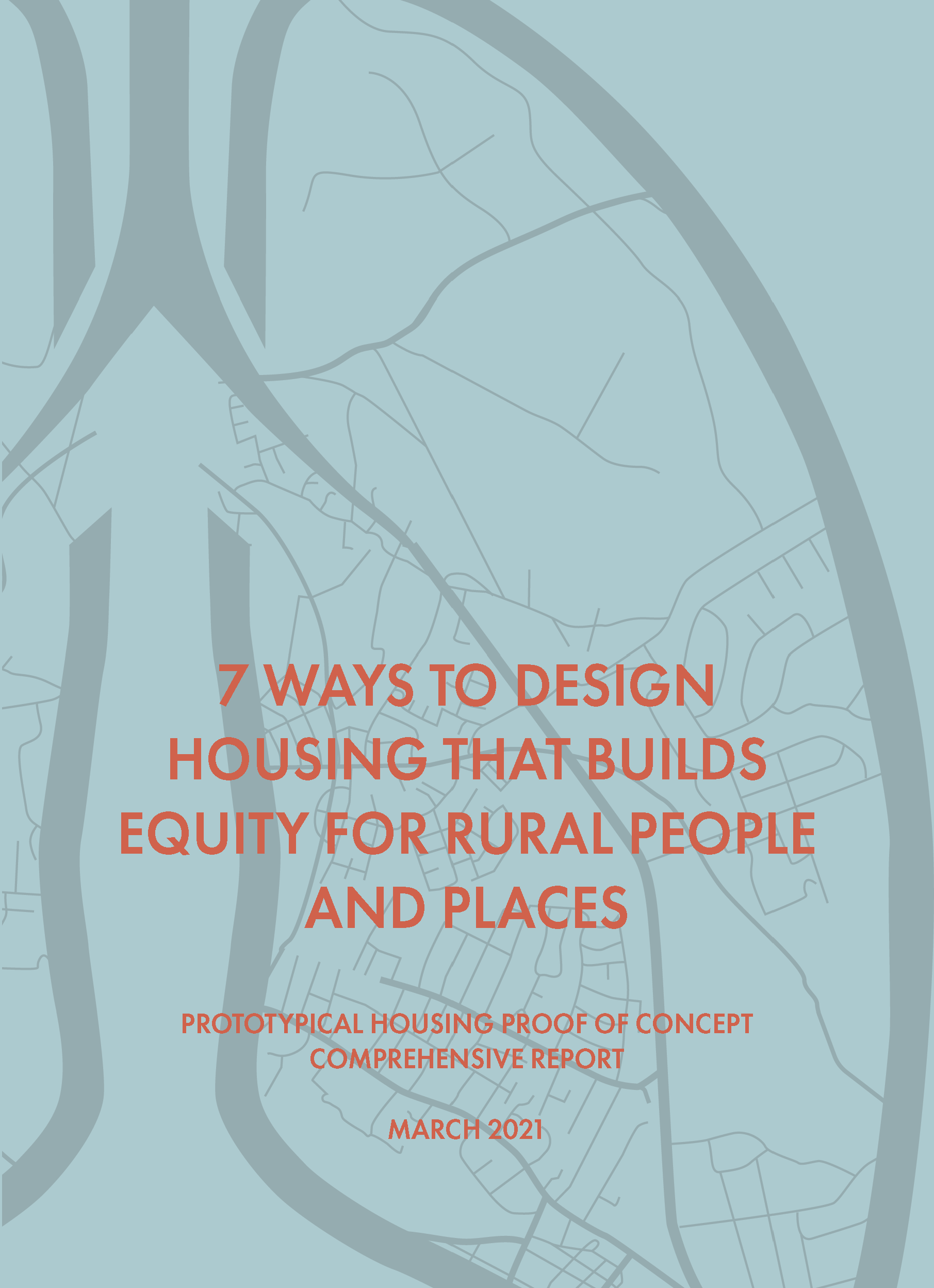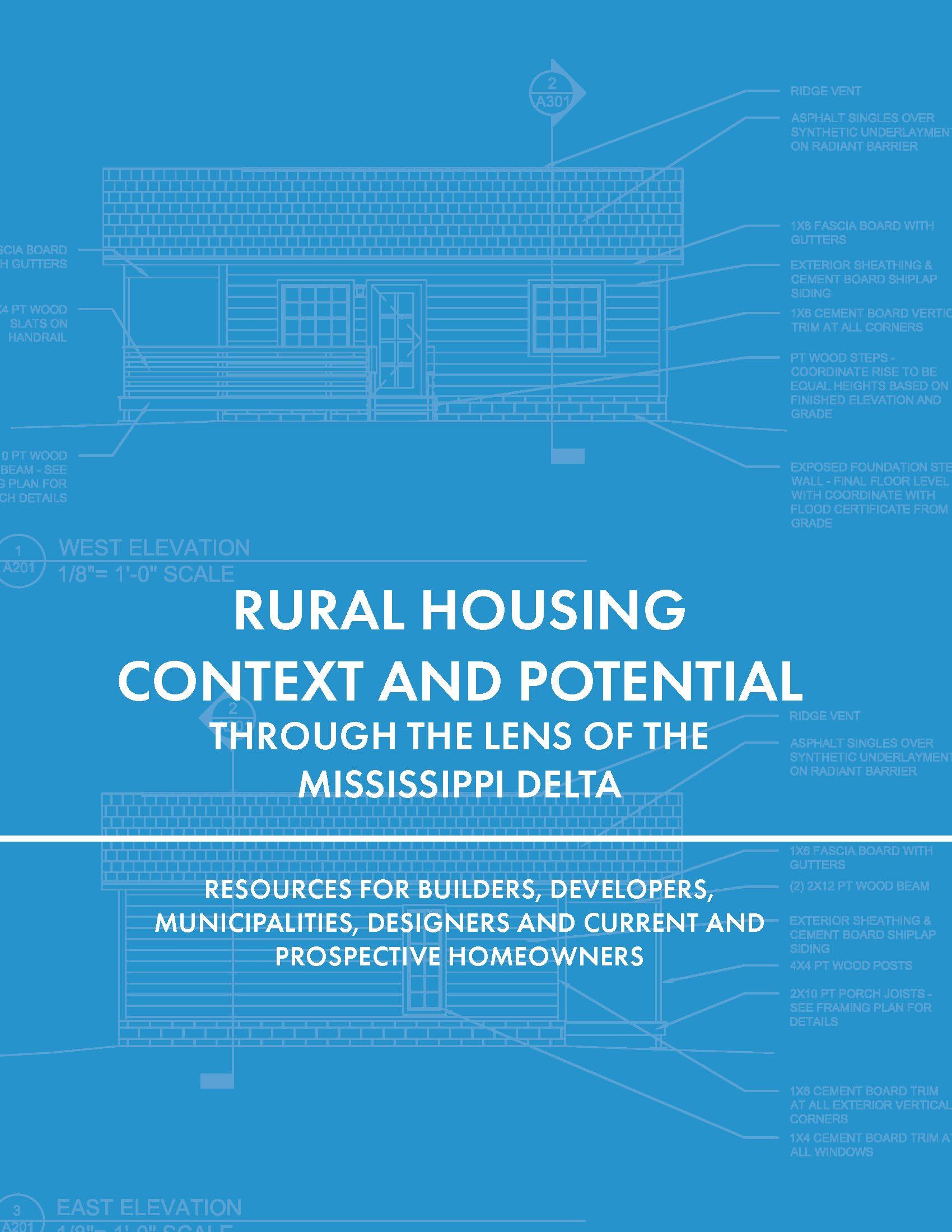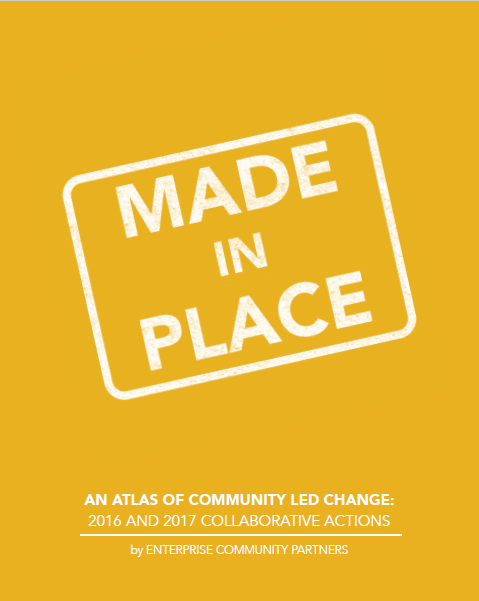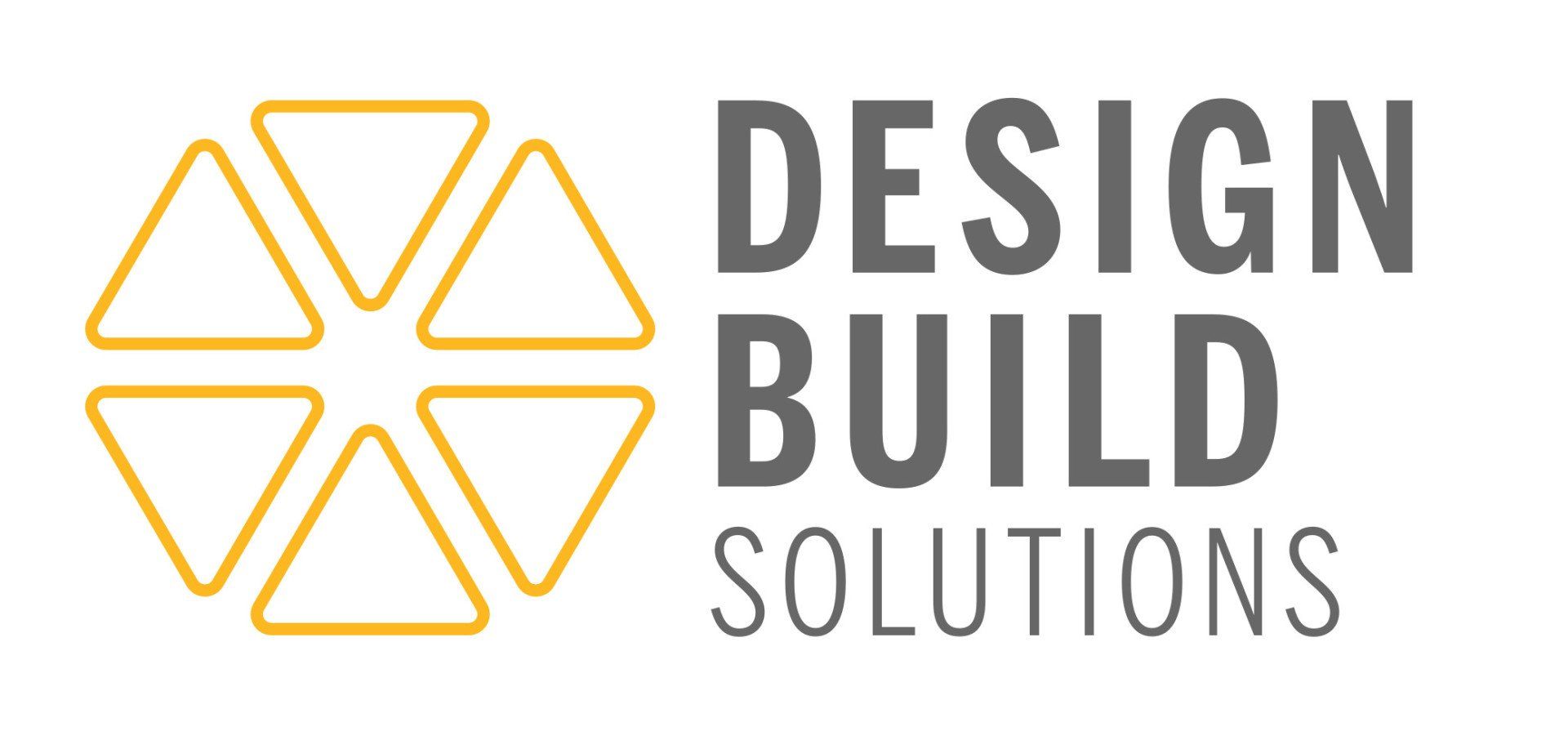PUBLICATIONS
Strategic Plans for Alabama Municipalities, 2024-2026
Delta DB and Hope Enterprise Corporation’s long-standing partnership continues to grow, expanding geographically to include the Alabama Black Belt. In 2024, with support from the Delta Regional Authority, Delta DB began strategic planning work in Tuskegee, Selma, and Greene County, Alabama.
While these communities share regional context and many common challenges, each location is distinctly its own. Honoring that uniqueness, Delta DB designed tailored engagement strategies, visuals, partnerships, and updated strategic plans that reflect the histories, aspirations, challenges, and visions expressed by local residents.
Beyond the written documents, Delta DB, HOPE, and additional partners are continuing this work by moving beyond the plan to begin implementing the projects and strategies identified through the planning phase.
Strategic Plans for Mississippi Municipalities, 2023-2024
In 2023, Hope Enterprise Corporation provided funding to allow Delta DB to lead community engagement and develop 5-year strategic plans in four small Delta communities: Drew, Shaw, Moorhead, and Itta Bena. The purpose of these plans is to identify the unique challenges and aspirations present in each town, and define actions to respond to those needs and goals. In order to develop a strategic plan that accurately reflects local conditions and sentiments, the planning process engaged community members through a range of methods, seeking to be inclusive of as broad an audience as possible.
Following identification of local assets and limitations, the goal of the strategic plans is to position the community to pursue partnerships, funding, and other resources with the document serving as a toolkit for presenting local priorities, introducing the community context, and documenting past successes. Throughout the planning process, Delta DB sought to catalyze action beyond the creation of a written plan. To that end, first steps toward realizing the strategic goals were undertaken even as the documents were being finalized.
7 Ways to Design Housing that Builds Equity for Rural People and Places, 2021
In towns throughout the Mississippi Delta, systemic disinvestment has resulted in a state of persistent poverty where many low-wealth people live in homes that are over 40 years old, unhealthy, and expensive due to high utility costs. Innovation is needed to realize housing opportunities that meet the needs of residents, support wealth-building and are scalable within the regional context.
Funded by the Robert Wood Johnson Foundation, this document is part of an ongoing “feedforward” process to inform and refine the designs and project delivery methods deployed by Delta DB and Hope Enterprise Corporation, and is shared in the hope that these “ways” will provide insights for organizations throughout the country to apply to healthy, affordable housing efforts in their own unique contexts.
Through our work, we have learned that traditional priorities and decision-making processes do not address inequity in the built environment. It is essential to employ an approach that shifts maximum power and authority to communities, who work with the designer(s) to identify clear and realistic priorities from the beginning. Throughout the process, the designer must step out from behind her desk to discern the real conditions of the clients' environment, asking questions in the neighborhood and taking measurements on site. Project goals are best served when designers also consider the people who will actually bring the designs to life—the contractors and the laborers they employ—and how to ensure their success. Finally, this document emphasizes the importance of evaluating health, energy and financial outcomes.
These seven "ways" are inspired by the work of University of Illinois Urbana-Champaign professor and researcher Christina Bollo, and David Baker Architect's "9 Ways to Make Housing for People". Historically, architects have evaluated their work in limited ways and, most often, after a project is complete. By contrast, feedforward means refining and carrying knowledge from one project to the next. This document codifies the steps we have found to be essential to this goal. Learning is indelible to our work, and we look forward to the evolution of this body of knowledge around equitable design processes.
Rural Housing Context and Potential Through the Lens of the Mississippi Delta, 2019
Resources for Builders, Developers, Municipalities, Designers and Current & Prospective Homeowners
Using data, expertise, and relationships, Rural Housing Context and Potential elevates the needs and challenges related to affordable housing in rural areas. This document will serve as a foundation for creating a strategy for building strong communities beginning with healthy homes.
HOPE Enterprise Corporation contracted with Delta DB using Section 4 grant funding from Enterprise Community Partners to lead the development of this multi-disciplinary affordable housing research effort, focusing on the construction of new in-fill housing and rural communities in the Mississippi Delta. Over the course of 12 months, the team developed this resource kit through engagement with community stakeholders, national scale and site-specific research, implementation and evaluation of design precedents, and lessons learned from the ongoing construction of new, affordable homes in the area.
Rural America is often referred to as if it were homogenous, but rural communities contend with different issues in different locations, even within the Delta. Though some of the information in the Rural Housing Context and Potential are specific to the Delta, other strategies can be applied more broadly throughout the rural United States.
Resources include:
- 10 Best Practices for Building Homes in the Mississippi Delta
- 9 Tips for Hiring & Working with a Contractor
- Recommendations for Small Construction Business Owners
- 9 Tips for Living in a House in the Mississippi Delta
- Healthy Home Guide
- Beginning Steps for Meaningful Community Engagement
- 10 Tips for Creating an Engagement Process
- How to Apply for the FHLB Dallas HELP Down-payment Assistance Grant
Made in Place: An Atlas of Community-Led Change, 2018
Enterprise Community Partners
Content by Emily Roush-Elliott
Emily Roush-Elliott began her work in the Delta as an Enterprise Community Partners Rose Architectural Fellow, and Delta DB has continued to work with Enterprise on affordable housing and community development projects. One such project is the Collaborative Actions grant program, one of many avenues through which Enterprise provides resources to organizations who are incorporating culture and creativity into their community development process.
This Collaborative Action "atlas" highlights the lessons learned from grantees from 2016-2017 and points toward upcoming hurdles and goals that communities face in doing this important work.
Made in Place is part of a series on community-led change which includes Made to Last and Made with Love.

